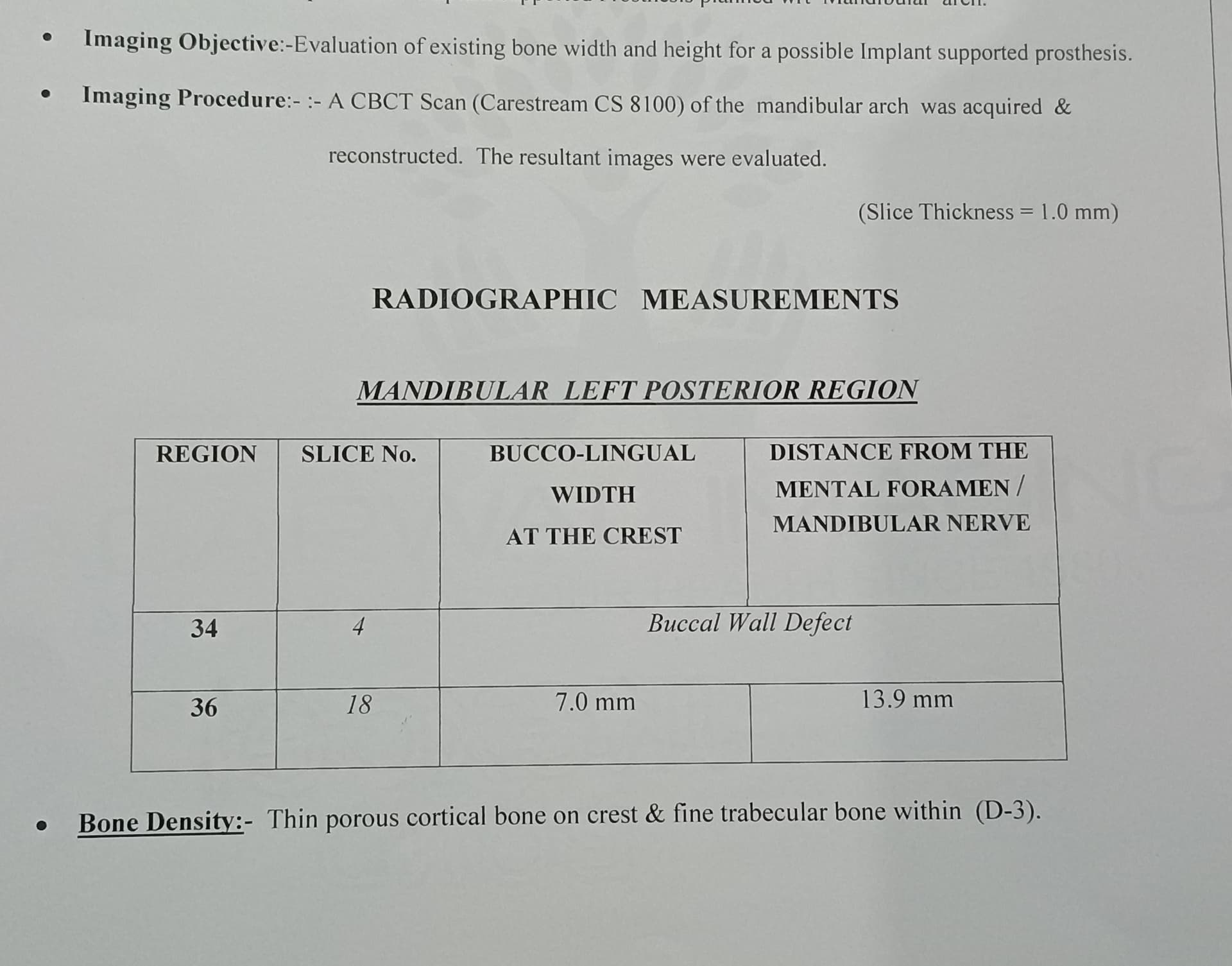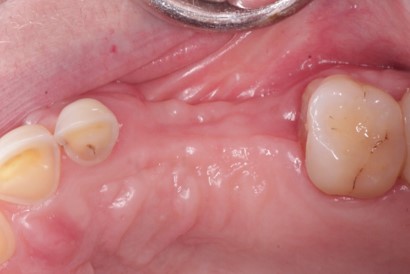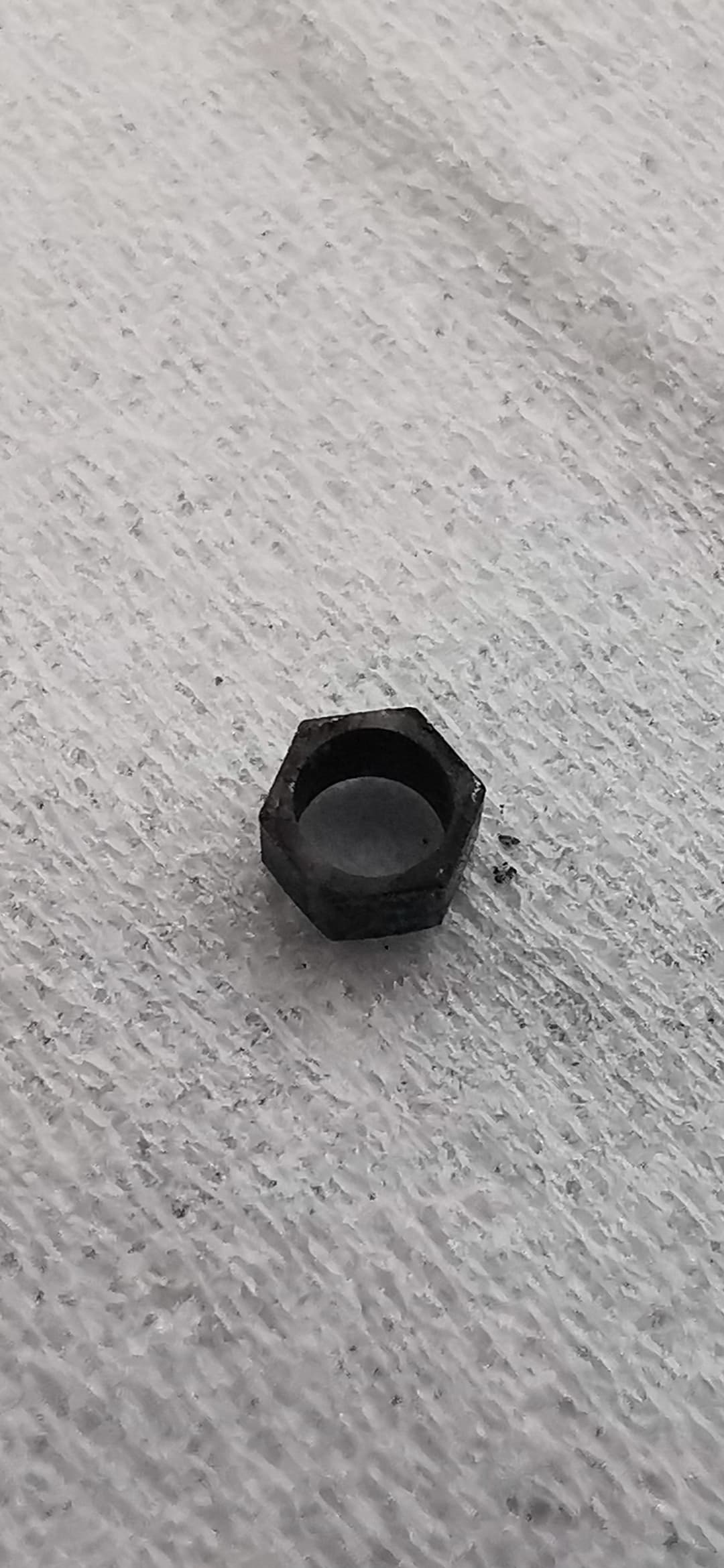Socket Grafting and Ridge Preservation using Bond Apatite
In this case, by David Baranes D.M.D, the two inferiors hopeless molars 37,38 were removed. The socket and the ridge were preserved by augmenting the area with Bond apatite bone graft cement. After teeth removal and complete debridement of the site, the application of the cement was made according to the protocol in 3 consecutive steps: place,press, and close. The cement was ejected directly into the grafted site from “all-in-one” syringe and then press firmly with a dry gauze for 3 seconds, followed by primary soft tissue closure directly above the cement. No membrane was needed. 12 weeks post-op, at reentry bone was formed and the 3D ridge volume was preserved. At this stage implant placement took place. Please share any questions/comments.






 > Editor’s Note: Bond Apatite is a grafting product that combines biphasic calcium sulfate with a formula of hydroxyapatite granules in a pre-filled syringe to create a self-setting cement for bone graft procedures. Watch Introductory Bond Apatite Videos or Learn More.
> Editor’s Note: Bond Apatite is a grafting product that combines biphasic calcium sulfate with a formula of hydroxyapatite granules in a pre-filled syringe to create a self-setting cement for bone graft procedures. Watch Introductory Bond Apatite Videos or Learn More.


















